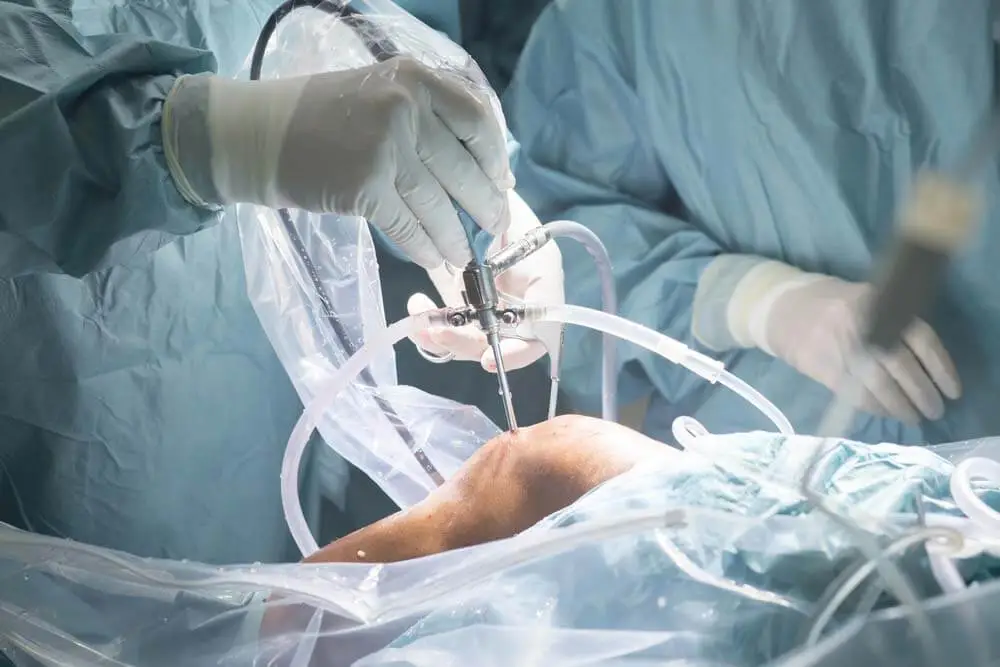
Arthroscopy Procedures (FIAS)
Arthroscopy is a minimally invasive surgical procedure used to diagnose and treat joint issues. It involves the use of a specialized instrument called an arthroscope, which is inserted into the joint through a small incision. This allows the surgeon to view the joint’s interior and perform necessary procedures without the need for large incisions. Arthroscopy is commonly performed on the knees, shoulders, elbows, ankles, and wrists.
Common Conditions Treated with Arthroscopy
Arthroscopy is used to address various joint-related issues. Some of the most common conditions treated include:
- Torn Cartilage: Arthroscopy can be used to repair or remove damaged cartilage, such as meniscus tears in the knee.
- Ligament Injuries: Procedures like ACL (anterior cruciate ligament) reconstruction are often performed arthroscopically.
- Synovitis: Inflammation of the joint lining (synovium) can be treated through arthroscopy.
- Loose Bodies: Small pieces of bone or cartilage that are floating within the joint can be removed arthroscopically.
- Rotator Cuff Tears: Arthroscopy is commonly used to repair torn rotator cuffs in the shoulder.
Benefits of Arthroscopy Procedures
- Minimally Invasive: Arthroscopy involves smaller incisions, leading to less tissue damage and a faster recovery compared to traditional surgery.
- Reduced Pain: Due to the minimally invasive nature of the procedure, patients typically experience less post-operative pain.
- Quicker Recovery: Patients generally benefit from a shorter recovery period, allowing them to return to their normal activities sooner.
- Lower Risk of Complications: With smaller incisions and less disruption to the joint, the risk of complications such as infections or blood clots is reduced.
Arthroscopy is a highly effective procedure for diagnosing and treating joint problems. Whether you’re dealing with chronic pain, limited mobility, or an injury that hasn’t responded to conservative treatments, arthroscopy may provide the solution you need. If you’re considering arthroscopy, consult with an orthopedic specialist to determine if this minimally invasive approach is right for your condition.



